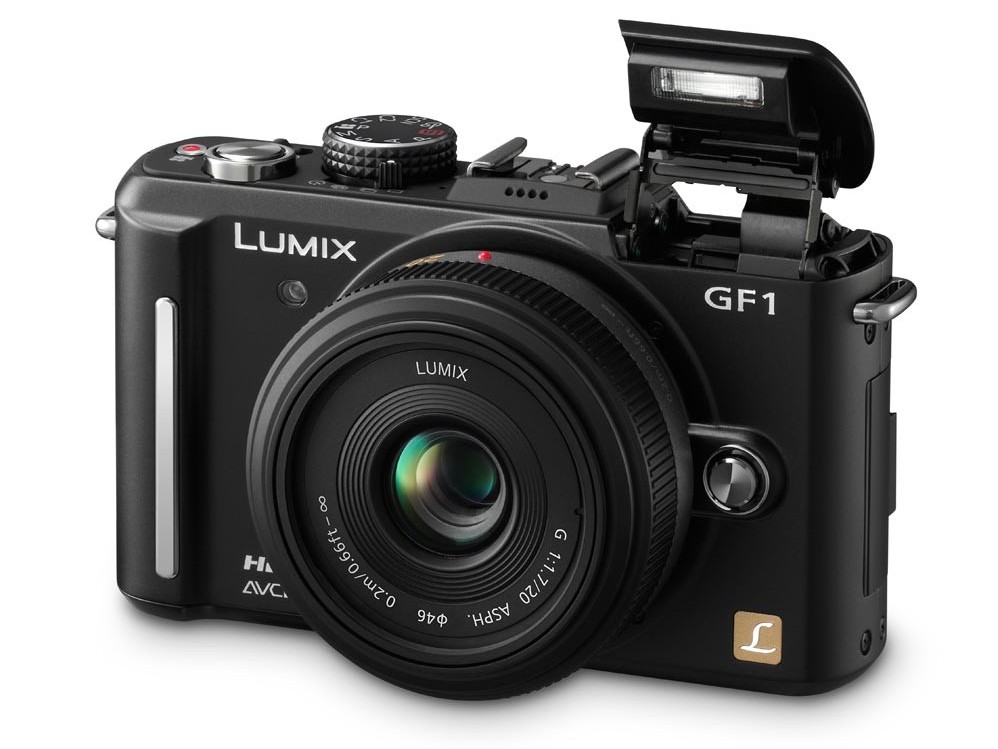Why you can trust TechRadar
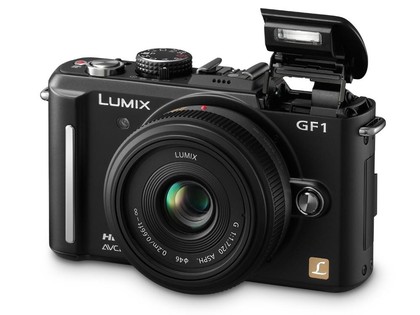
If you buy the Lumix DMC-GF1 with the 20mm pancake lens, you're bound to be really happy with the images you take.
This really is a fantastic lens, and far superior to the cheap and cheerful kit zooms you get with a budget SLR.
Some readers may wonder why we are raving about a fixed focal length lens, and there are times it gets frustrating that you can't zoom in, but such limitations actually force you to think before you shoot, and be more creative (and even though the lens is only 20mm, that's still equivalent to 40mm).

SAMPLE: The fast 20mm lens is a joy to use in challenging low light conditions and really gets your creative juices flowing
The lens is wonderful for portraits, as it's so fast and bright, and so easy to blur the background. At the same time, the sophisticated and flexible AF options means you can get the subject's face as sharp as you need it.
The Face Detection mode works really well, too, further narrowing the margin for error. You also really see the benefit when shooting hand-held in low light, so we found it great for creative close ups and macro work.
Sign up for breaking news, reviews, opinion, top tech deals, and more.

SAMPLE: Some photographers might like the rather weedy flash as it doesn't overpower the subject, particularly when used for fill flash effects in Aperture mode
The only drawback to this lens is that it isn't stabilised, so you need to be aware of this when shooting at slower shutter speeds.
There isn't any image stabilisation built in the camera, either; a tripod, or mini tripod such as the Joby Gorillapod, is therefore a sensible accessory for this camera.
On the subject of ISO, the low-light performance of the GF1 is impressive too. Stay below ISO 800 and noise isn't too much a problem at all, and even at higher levels, you can get perfectly acceptable shots so long as you don't mind removing a bit of noise in Photoshop.

SAMPLE: The iExposure tool claims to fine-tune the exposure settings for you, and did a good job here despite some underexposure – just watch out it doesn't ramp up the ISO and add noise
High ISO performance is not quite as good as the Canon G11, but it's a close run thing, as our test images reveal. The Lumix DMC-GF1's Micro Four Thirds sensor does a great job of resolving detail, and results are certainly as good as a budget SLR.
There are a few quirks, however. As mentioned, the flash is a bit weedy, and JPEGs are a bit bland-looking and washed out if you shoot them on default settings. After a while we selected the Dynamic or Vivid picture style, which does warm things up a bit (these effects can also be added to RAW images using the supplied software).
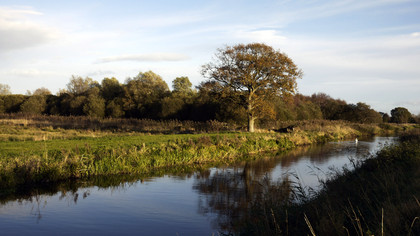
SAMPLE: Shoot in 16:9 mode and you can images are smartly resized to fit a widescreen TV
Switch to RAW, and you really reap the benefits of the high-performance sensor and optics. Masses of detail can be recovered and enhanced, and although the RAW conversion software isn't the best we've seen, it does the job.
Metering and AF are smart, quick and easy to adjust. A couple of widgets help with exposure too.

SAMPLE: The fast f/1.7 lens is a joy to use for portraits, making it easy to blur the background while keeping the subject sharp
There's a menu option called Intelligent Exposure, which claims to automatically work out the best exposure settings for you. It can be set to low, medium and high, and actually works well –just be aware though that on higher settings, it may raise the ISO, thereby increasing the risk of noise.

SAMPLE: The lens is fast and bright enough to work well for macro and close-up shots too
Still, better a sharp and well exposed shot with a bit of noise than a noise free shot with poor exposure… Another neat feature is Shutter Speed Simulation.
ISO 800...
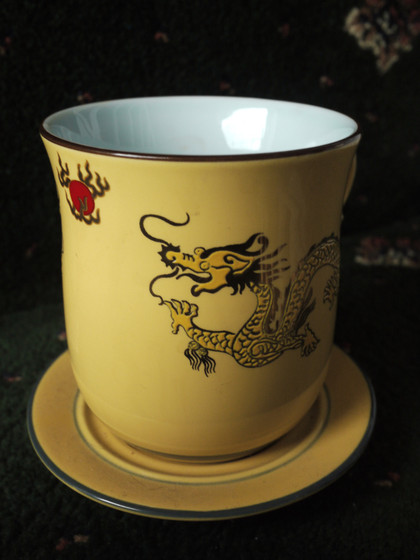
ISO 1600...

ISO 3200...
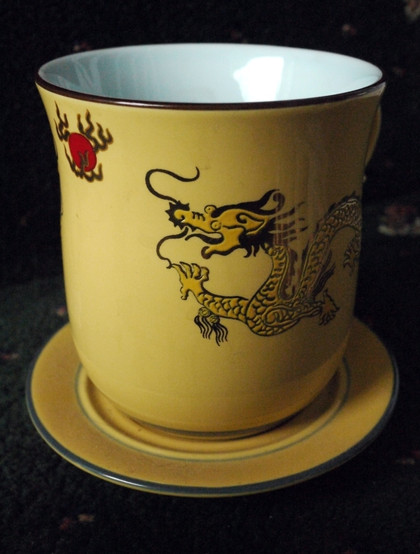
ISO TESTS: Noise increases steadily above ISO 800 but even at 3200 the results are passable
This gives a preview of the shutter speed through live view, and is another cool example of how Micro Four Thirds technology can be put to work to help less experienced photographers.
The Lumix DMC-GF1 offers subject tracking too and the ability to record images in 16:9 aspect ratio so they fit your widescreen TV.
Current page: Panasonic Lumix GF1: Image quality
Prev Page Panasonic Lumix GF1: Features Next Page Panasonic Lumix GF1: Verdict